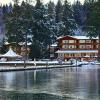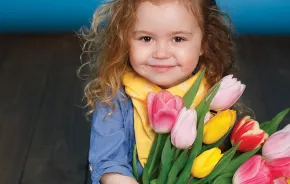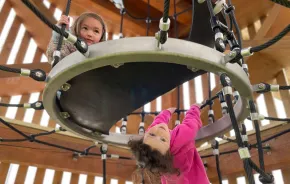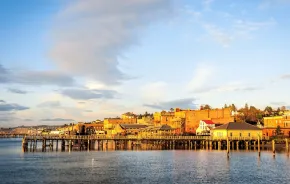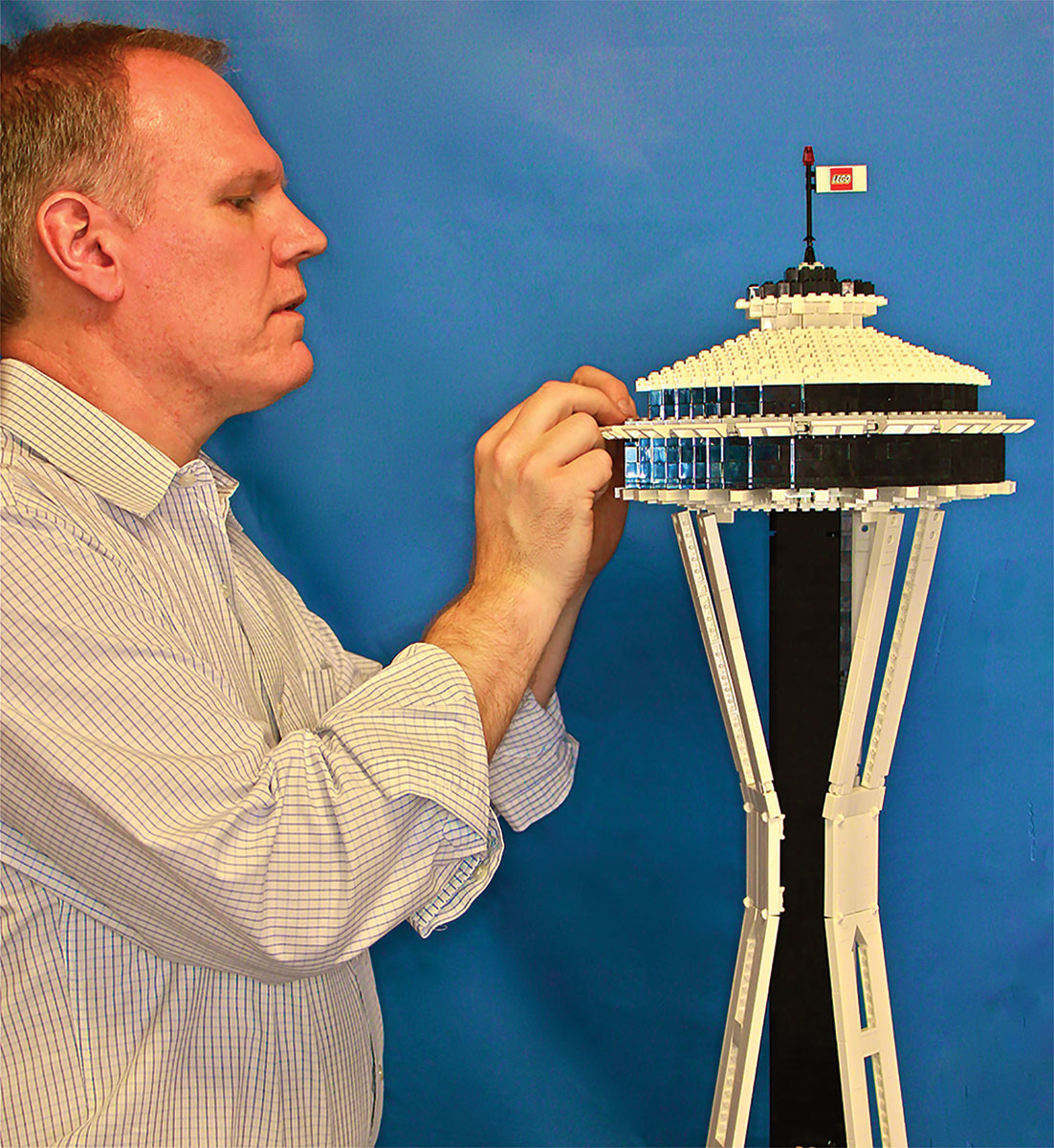
Many artists work in paint or clay, but Dan Parker prefers what most people think of as children’s toys: Lego bricks. Since starting his business in his garage nearly 20 years ago, Parker and his Tacoma-based team have created more than 2,000 custom Lego art pieces.
These include mosaics, sculptures and mechanical pieces, all completely built from Lego bricks. His work has been featured at the Seattle Center, the Museum of Pop Culture, the Seattle Aquarium and many other private and public events worldwide. In his portfolio: a 6-foot-diameter Death Star, a 10-foot-tall Statue of Liberty, a life-sized Nativity display and even a coffin.
Lego has been a part of Parker’s life since he was a kid but it wasn’t until his 30s that he began investigating how to monetize his hobby. Already a member of an adult Lego club that created train displays, Parker decided to jump full time into Lego when he was laid off from his job in engineering.
Now one of only a handful of professional Lego builders in the U.S. offering a broad range of events and services, Parker was a founding member of the Lego Certified Professional Program, a community-based organization of adult Lego enthusiasts who have turned Lego into a part- or full-time job. He was also a co-founder of the annual convention BrickCon*, president and design director of Dan Parker Brickable Designs and operator and principal creative artist of Brickable Designs’ sister studio City Blocks in Tacoma.
Part of his goal: to educate the public about Lego. To do this, Parker created what he calls “Display and Play.” He implements this concept at his “Brick by Brick” events, which he offers 10 to 12 times a year (updates for events are posted on the City Blocks Facebook page). At such an event, Parker divides an exhibit space into zones and anchors each with a piece of Lego art. The display is surrounded by long tables filled with Lego pieces based on the same theme. For a set admission fee, which differs by event, all attendees, no matter their age, can sit and free-build using the provided pieces, consulting with Parker and his team members as needed.
I spoke with the commercial master Lego artist and father of two to learn more about his work. Here’s what he had to say.
What’s typical day of work look like for you?
There is no typical day! I work like a musician: One day you’re composing. Then you’re on your way to an event. Or I’m doing a school assembly. Or I might be cleaning an old collection or kitting [making custom kits for clients]. Then there is paperwork.
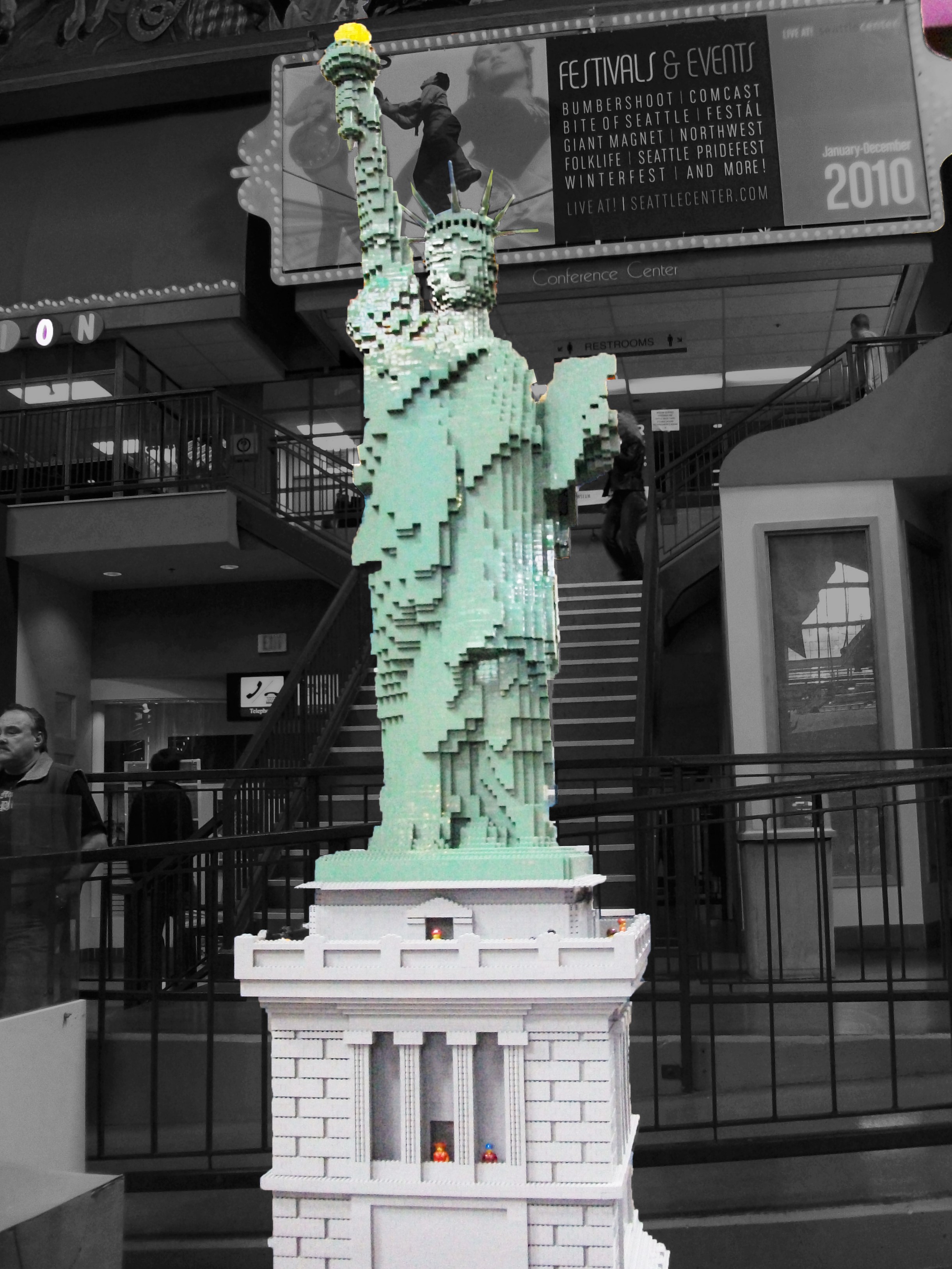
You’ve done so much work over the years. Do you have a favorite?
I have a 10-foot Statue of Liberty. It didn’t come together in a quick way. In 2000, Lego came out with a 30-inch-tall Statue of Liberty kit. I decided I wanted a stronger piece, so I bought several kits [and] I built a very large statue in my garage. One of the first clients to lease it was the Seattle Center in 2002, which [has] used it in their naturalization ceremony.
During one ceremony, one lady, a newly sworn-in citizen, was so overcome with emotion that she ran over, jumped the pedestal and threw her arms around the statue. As I watched it sway, I nearly had a heart attack. I thought it was going to come crashing down! But it didn’t and I later built a better pedestal.
In your experience, what can kids learn from building with Legos?
A whole range of vital, basic skills: visual discernment, spatial interpretation, motor and cognitive skills, imagination, creativity, even eye-brain-hand coordination, language and verbal skills.
It gives kids a place to express their creativity, which is huge. So many kids today have trouble finding the proper outlet for creativity. Lego helps cultivate and foster that. Lego can be as pervasive, adaptable and fundamental as music. It bridges cultures, generations and interest groups.
Have you seen a change in the way kids play with Legos over the years?
I’ve seen good and bad trends. The bad is a trend away from open-ended thinking. It’s color in the lines. It doesn’t allow for creativity or personal expression. Yet, in certain capacities kids are more flexible and adaptable. Before, kids would build a tree or a car; today they tend to build more specialized, pop-culture items, like Mario, Halo, Star Wars and superheroes. They approach teamwork in a casual way.
In your experience, do boys and girls play with Lego differently?
When I first started teaching, I expected boys and girls to play with Lego in the same way. But that wasn’t true. Boys will build things that are transitory; they have to move, whether it be a car or tank. And there is a degree of confrontation; they tend to battle with their creations — go head to head.
Girls, on the other hand, will build collaborative things. They tend to build things like a house or a tower. But in the last few years, that gender line has blurred, and I see more crossover. I’ll see boys and girls playing together. And I’ll see girls get a little more aggressive.
Are you seeing an increase in adults and teens playing with Lego?
Yes, the licensing [of such popular brands] as superheroes and Star Wars has fueled more complex pieces. This draws the teens; it encourages teens that Lego is still cool. Also, post-adolescent builders are using stop motion [watch an example] and minifigures to create storylines. They make videos using anything from basic digital cameras to sophisticated computer programs.
Did your kids influence your art?
When my daughter was 3, I was building a European palace. Parts of that house were inspired by Cinderella, which was her favorite movie at the time. My son uses Lego in ways that still baffle me. I learn from my kids. Having kids added to my art. My son has encouraged me to think outside of the box.
Final question: What’s the best Lego set to start kids with?
Lego Creator is good, old-school building. Creator works around a theme. Then kids can try variations. With Creator sets you also get more pieces for the money; because they don’t commission any new colors, shapes, all the money is put into a higher brick count. They launch new themes every six months.
*ParentMap originally had an incorrect name for the annual convention, NW Brick Con.







